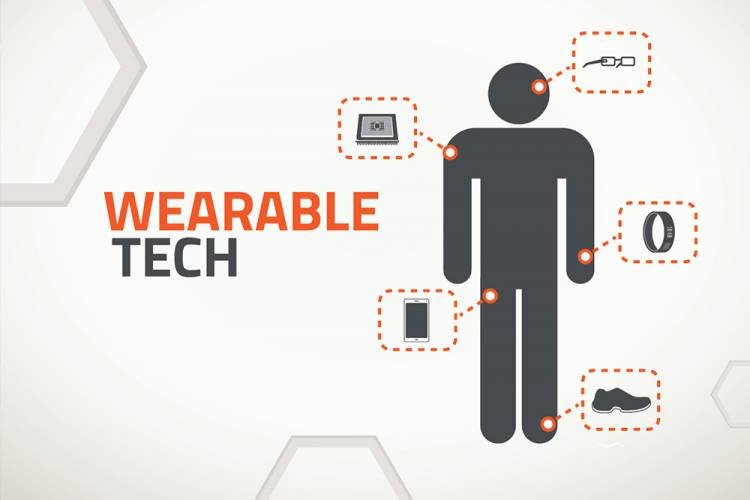Healthcare wearables will see a lot of sensors integrated into varied products : Nick Talbot

Most augmented reality or mixed reality systems rely on a wearable headset to present mainly visual information overlaid onto the context of the real environment.
One of a newspaper journalist spoke to Nick Talbot – Global Design and Innovation Head at Tata Elxsi, UK, to know about the innovations in technology that are aimed to predict diagnosis. Edited excerpts from their discussion:
How has mixed reality fuelled innovation in providing technological advancements?
Mixed reality in all its forms, open up new opportunities to provide context and relevant information about a person’s environment, and the other people and objects within that environment. New scenarios and new services are opened up by these combinations of technology.
How the technology has helped analyse data better and predict diagnosis and how compliant are the devices?
We have not completed field trials yet, but we believe there is the potential to gather rich data about user’s responses to various situations, and potentially for the system to learn and improve the feedback for each individual. As these are consumer devices, non-intrusive and do not involve any pharma, we do not see compliance as a challenge at this point.
What are the trends in healthcare wearables from a design perspective and are there guidelines?
The established wearables systems tend to be wrist worn – from Fitbit to Apple watch and others. It will be interesting to see other types of sensors integrated into varied products. Perhaps, pendants, in ear devices, soft and fashion based wearables. So, there are lots more to come in this area. We are treating this system as a consumer electronics solution at present, user trials will be required to confirm if the system is helping people in the right way.
What are the features of the technology spearheaded by Tata Elxsi?
Most augmented reality or mixed reality systems rely on a wearable headset to present mainly visual information overlaid onto the context of the real environment. We chose a more discrete approach using small wearable cameras, microphones and some sophisticated software for facial and environmental recognition.
The key features are a combination of sensors – cameras and microphones, together with software that can interpret surroundings, objects and faces that then feedback through an audio system to provide a layer of information to the user. Feedback to the users is through audio – headphones or discrete ear buds.
How did Tata Elxsi come out with this design concept for patients of autism and Alzheimer’s
We were exploring the uses of audio as a method of providing augmented reality. The design team looked at many use cases across business sectors. We were interested in what we term as ‘memory augmentation’ – helping people who perceive the world in a different way. This led us to the insight that such a discrete wearable system can be potentially helpful for patients with these issues in their daily lives. The whole project from brainstorming to defining the product and system concept took us around 8 weeks.
What are the unique features of the design employed in the devices?
Most augmented reality or mixed reality systems rely on a wearable headset to present mainly visual information overlaid onto the context of the real environment. We chose a more discrete approach using small wearable cameras, microphones and some sophisticated software for facial and environmental recognition.
Feedback to the users is through audio – headphones or discrete ear buds. We think this new combination and its’ application to help people in their daily lives helped us win the coveted international iF Design award.
Can you elaborate on the challenges encountered while designing this device which is for speech in the case of autism and degenerative condition in Alzheimer cases?
The key challenges are to accept that every user is different and each individual may need the system to be flexible and customized to their specific needs. For autistic people, it is recommended to build an individual ‘sensory profile’ to understand which specific situations and triggers cause stress, and which responses will help the most. There is the risk that if the system responds in the wrong way, the situation may be made worse. So the challenge is to develop the system that is flexible enough to respond to a unique set of needs from each patient.
In the future, it may be that an element of Artificial Intelligence can help the system and the user to improve with time, as the system learns what works well for the user, and what does not.

















